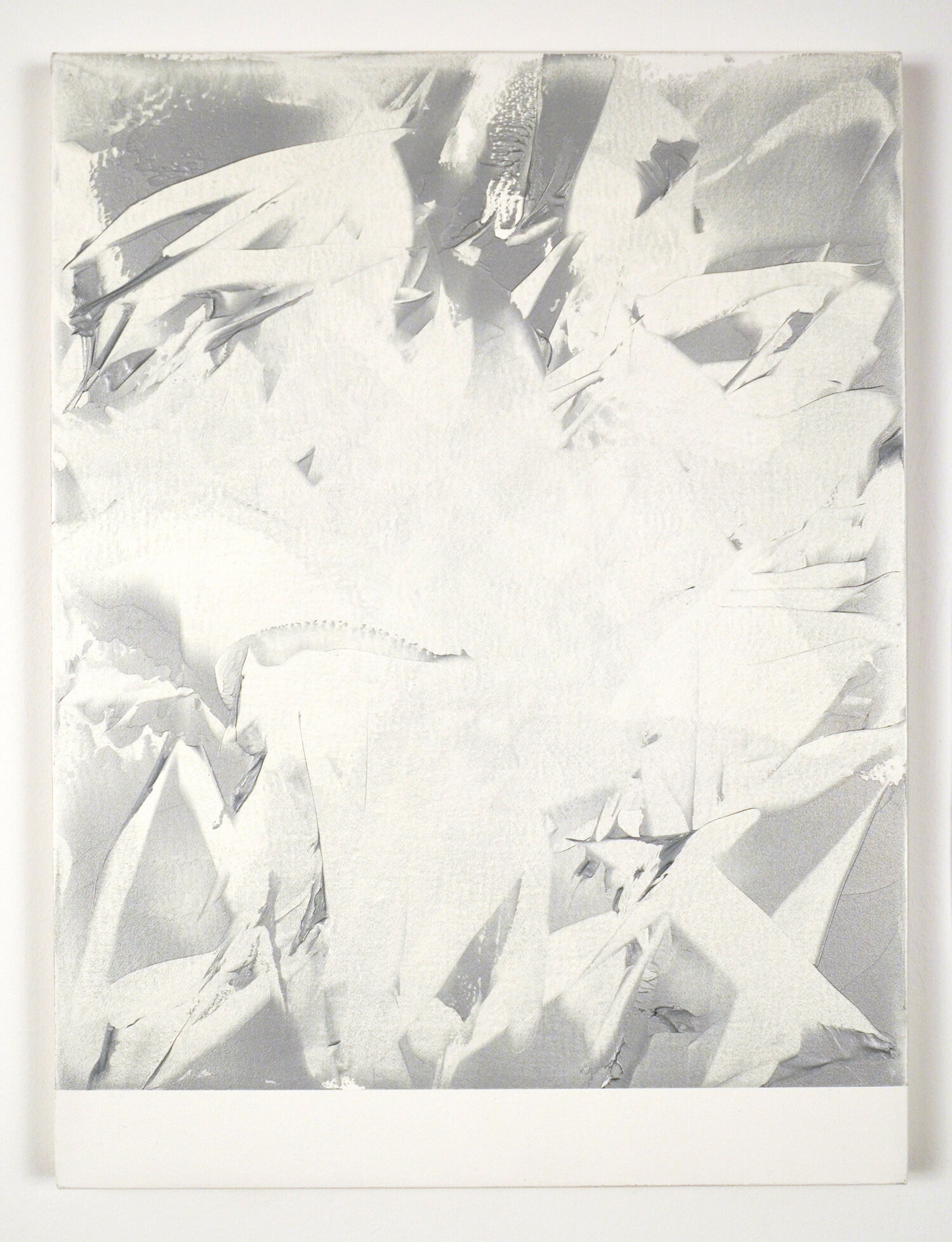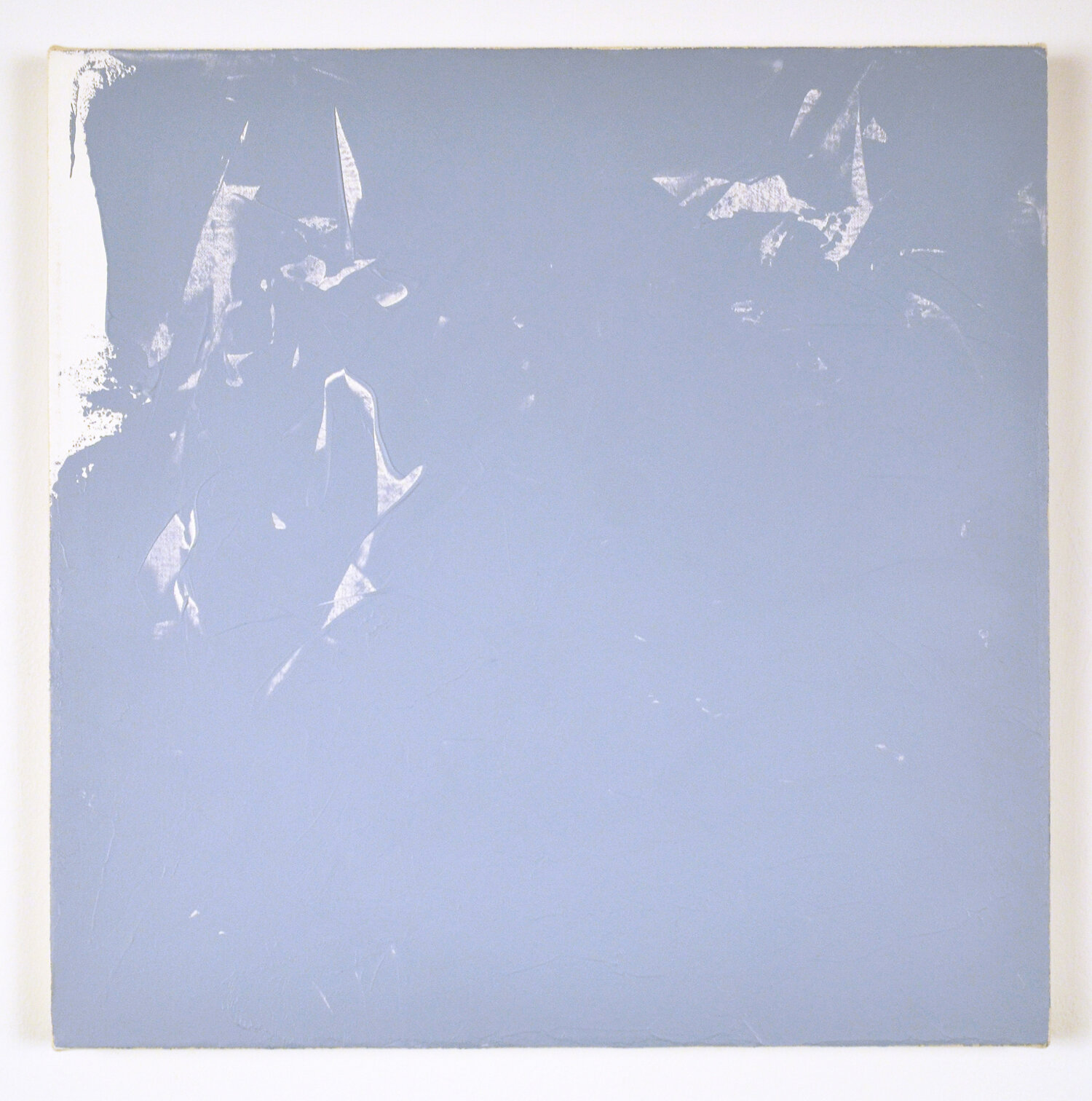Michael Brennan
b. 1965 Pine Island, FL / Lives in Brooklyn, NY
Interested in Michael Brennan? Contact us.
Michael Brennan, Black Mountain Stars, 2021, 20 x 28 inches / 51 x 71 cm, #MB83
Michael Brennan, MI3 (Lopez), 2020, 20 x 28 inches / 51 x 71 cm, #MB84
Michael Brennan, Marrow Road (Basho), 2022, 20 x 28 inches / 51 x 71 cm, #MB85
Michael Brennan, Floating Weeds, 2022, 20 x 28 inches / 51 x 71 cm, #MB86
Michael Brennan, MI2 (Cyrilla), 2020, 20 x 28 inches / 51 x 71 cm, #MB87
Michael Brennan, Cobalt Scarpa, 2023, 20 x 28 inches / 51 x 71 cm, #MB88
Michael Brennan, Broken Stars, 2023, 20 x 28 inches / 51 x 71 cm, #MB89
Michael Brennan, Scraped Light, 2023, 16 x 12 inches / 41 x 31 cm, #MB90
Michael Brennan, Broken Stars, 2017, Oil on canvas, 16 x 12 inches / 41 x 31 cm, #MB59
Michael Brennan, Gray Scrape, 2018, Oil on canvas, 16 x 12 inches / 41 x 31 cm, #MB51
Michael Brennan, Silver Scrape, 2018, Oil on canvas, 16 x 12 inches / 41 x 31 cm, #MB50
Michael Brennan, You See Me Laughing?, 2017, Oil on canvas, 16 x 12 inches / 41 x 31 cm, #MB48
Michael Brennan, Soft Red (for Tomoharu Murakami), 2018, Oil on canvas, 15 x 11.5 inches / 38 x 29 cm, #MB55
Michael Brennan, Flying Gate, 2017, Oil on canvas, 16 x 12 inches / 41 x 31 cm, #MB58
Michael Brennan, Silver Bird, 2018, Oil on canvas, 16 x 12 inches / 41 x 31 cm, #MB64
Michael Brennan, Self Portrait with Skeleton, 2017, Oil on canvas, 16 x 12 inches / 41 x 31 cm, #MB57
Michael Brennan, Red Crab Mono, 2018, Oil on canvas, 16 x 21 inches / 41 x 54 cm, #MB47
Michael Brennan, Grey Flight, 2018, Oil on canvas, 16 x 12 inches / 41 x 31 cm, #MB61
Michael Brennan, The Hawk Is Dying, 2016, Oil on canvas, 12 x 12 inches / 41 x 31 cm, #MB60
Michael Brennan, Untitled, 2015, Oil on canvas, 20 x 16 inches, #MB18
Michael Brennan, Untitled, 2015, Oil on canvas, 20 x 16 inches, #MB37
Michael Brennan, Untitled, 2015, Oil on canvas, 20 x 16 inches, #MB29
Biography
Michael Brennan (b. 1965, Pine Island, FL; lives Brooklyn, NY) has exhibited his paintings and works on paper nationally and internationally for the past three decades, including in the United States, Mexico, Belgium, France, Germany, Italy, China, Australia, and New Zealand.
Here at the gallery, he previously mounted four very well-received solo exhibitions – Floating Weeds (2023), Late Spring (2018), Grey Razor Paintings (2014), and Knife Paintings (2006) – and has participated in numerous group exhibitions including our major survey exhibition MINUS SPACE at MoMA PS1 in 2008-2009 and Twenty (2023).
Brennan’s work have been reviewed in publications including The New York Times, Art in America, ARTnews, Art New England, The Brooklyn Rail, ArtNet Magazine, NY Arts, and Philadelphia Inquirer. He is also an accomplished arts writer, and his reviews and essays have been published in The Brooklyn Rail, ArtNet Magazine, Two Coats of Paint, The Village Voice, The Architect’s Newspaper, American Abstract Artists, and Archives of American Art/Smithsonian Institution, as well as in numerous exhibition catalogues.
Brennan’s work is included in collections such as the Baltimore Museum of Art, National Gallery of Art, San Francisco Museum of Modern Art, San Jose Museum of Art, American Express, General Dynamics, Daimler AG, and Sony Corporation. He holds an MFA in Painting and an MS in Art History from Pratt Institute and a BA in Classics from the University of Florida. He has taught at Pratt Institute since 1998 and is currently Adjunct Professor in the Fine Arts Department. He has also previously taught at the School of Visual Arts, Hunter College, and Cooper Union (all NYC).
Overview
Michael Brennan’s paintings address the legacy of reductive, abstract art over the past century, and specifically scrutinize and expand upon the restrictive orthodoxy of the monochrome painting tradition. In his new work, Brennan proposes an opening where the painterly mark and color inherent to it can stand on equal footing. Working in a restrained, icon-like format for the past decade, Brennan’s paintings also reflect upon an array of related topics, such as historical photography, early filmmaking, non-Western visual traditions, literature, and urban culture.
Brennan conceives each new work by first mixing a specific color, which then determines his particular approach to making the painting. He employs a rich array of singular hues in his paintings, including grays, blacks, blues, reds, and browns, which produce a broad array of visual effects ranging from the visceral to the sublime. For the first time, Brennan has also tinted his color mixtures with discreet amounts of silver – as opposed to the cold wax used in his earlier works – giving his new paintings an iridescent, temporal luster.
Working from his Gowanus studio, Brennan produces each painting in a single, uninterrupted session lasting up to several hours. No edits or additions are made to the paintings afterwards. He paints with a palette knife, not a brush, which he uses to both apply and remove paint from the surface of a smooth canvas support. By varying the pressure of his hand, the knife pushes, scrapes, and incises into the painting’s surface revealing a subtle array of hues and undertones as the tailored color mixtures begin to separate.
Brennan is focused on the notion of mark making, rather than a kind of gestural expression in his work. He magnifies this concern by juxtaposing painterly areas against precise geometric forms. Active areas of color are either entirely surrounded by rectilinear geometric frameworks or are placed above a pristine narrow stripe positioned at the bottom edge of the canvas. The geometric elements remain white and untouched, and function as kind of void or zero point that actives the adjacent painterly areas and projects their image toward the viewer.
About his new paintings, Brennan poses the seemingly straightforward, yet rigorous question, “What can I find between the white ground and the top coat of paint?” He continues, “I’m trying to find a meaningful mark and paint with nothing fixed in my mind. I’m simply looking for a compelling image in which the marks feel substantial, embedded, and allude to something lively and vivid, not static. I don’t just look at the marks when I’m painting, but also at the spaces in between them.”
Gallery Exhibitions
Michael Brennan: Floating Weeds, October 7 - December 16, 2023
Twenty, June 24 - September 30, 2023
Untitled (Summer), July 19 - August 24, 2019
Michael Brennan: Late Spring, May 5 – June 30, 2018
Brant / Brennan / Zinsser, June 4 – July 2, 2016
Michael Brennan: Grey Razor Paintings, January 10 – February 15, 2014
Minus Space, curated by Phong Bui, MoMA PS1, NYC, October 19, 2008 – May 4, 2009
Escape from New York, Sydney Non Objective, Sydney, Australia, August 3 – September 2, 2007
Videos / Interviews
Michael Brennan’s Online Artist Talk (YouTube), Thursday, November 16, 2023, 7-8pm EST
Michael Brennan’s Moving Images, Interview with Kim Uchiyama, Two Coats of Paint, November 10, 2023
Michael Brennan – From Venice to Gowanus: Beginning and End, Pratt in Venice, September 29, 2020
Michael Brennan on Art Uncovered, with Kimberly Ruth, February 25, 2020
Painter Michael Brennan talks about the future of painting, DuoChrome Films
Painter Michael Brennan talks historical art influences, DuoChrome Films
Michael Brennan and A Knife. A discussion on painting today, DuoChrome Films
Michael Brennan Talks about painting while priming a canvas in Brooklyn, New York, DuoChrome Films
Michael Brennan talking about early success, DuoChrome Films
Michael Brennan speaking about Josef Albers, David Novros, Brice Marden, DuoChrome Films
Betwixt: Michael Brennan, by Brent Hallard, Visual Discrepancies, June 19, 2012
Interview with Michael Brennan, by Jacob Gossett, Kollektiv magazine, 2009
Catalogues
Web Site
www.michaeljamesbrennan.com
Our Artsy Page
www.artsy.net/minus-space/artist/michael-brennan
Social Media
Instagram






















